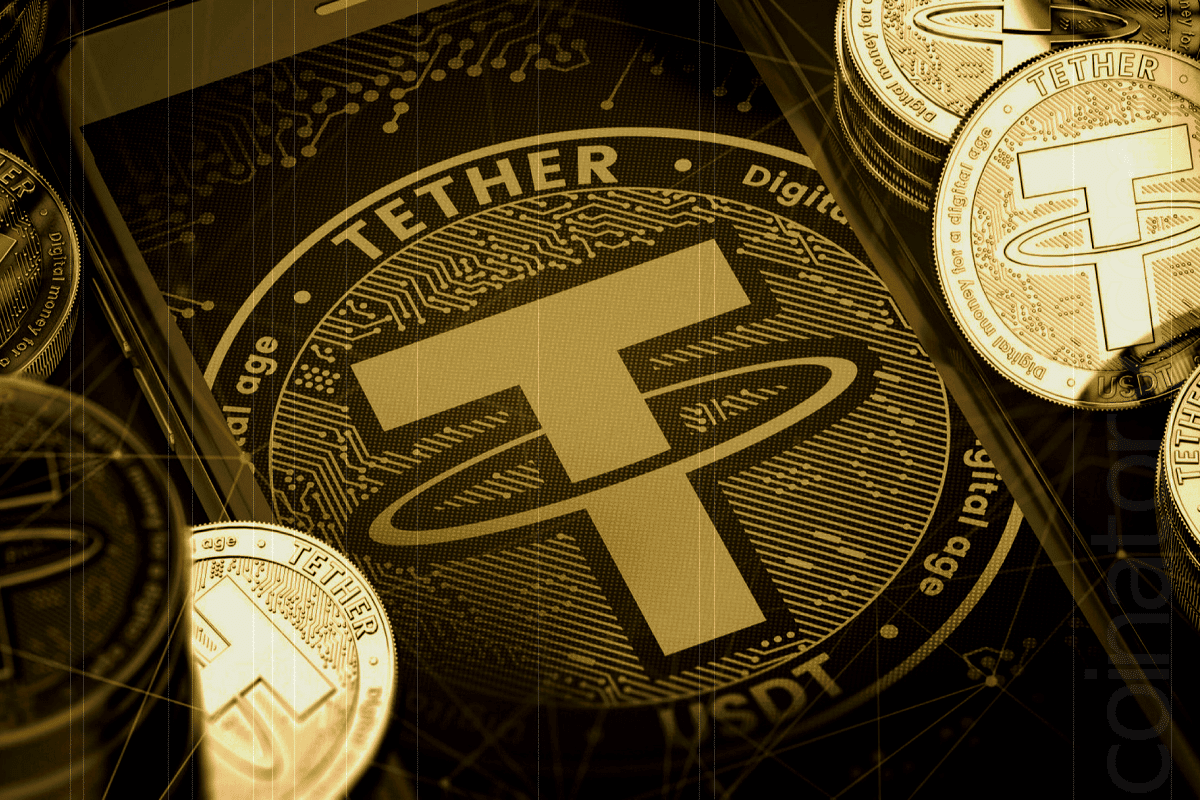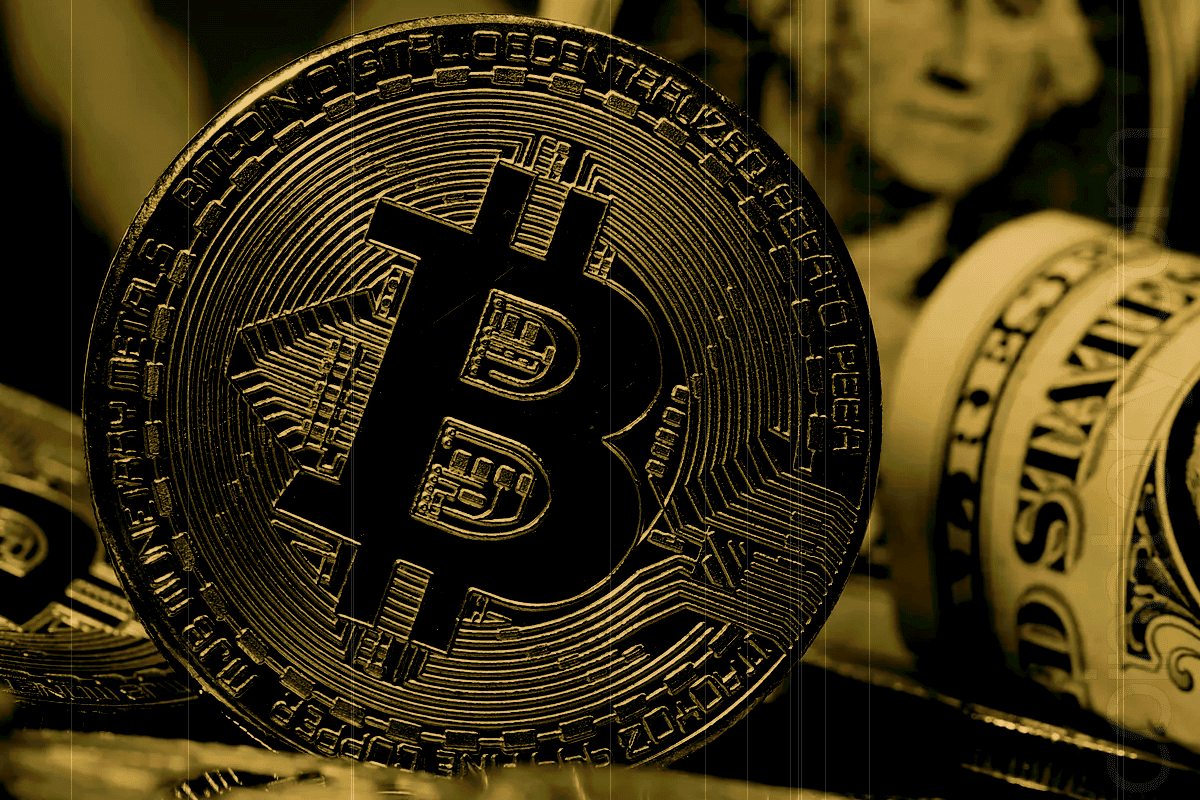
As gold reaches historic highs under mounting economic and geopolitical turbulence, Tether Gold (XAUt) is experiencing robust growth—aligning directly with central bank and institutional demand for physical bullion.
A shifting macroeconomic landscape has triggered a heightened gold rush among sovereign investors and institutions. Bullion prices have surged to unprecedented levels in 2025, and digital gold tokens like XAUt are gaining traction as crypto‑native stores of value.
By June 30, 2025, Tether reported that its gold‑backed token was supported by 7.66 metric tons of fine troy gold, verified by BDO Italia. That reserve backs over 259,000 XAUt tokens, valuing the market cap at more than $800 million, formatting direct gold exposure as a blockchain token.
XAUt tracks the spot price of gold, currently trading just below $3,400 per troy ounce, delivering portability, divisibility, and redeemability—traits associated with Bitcoin but married to bullion’s safe‑haven appeal. Over the last 12 months, XAUt has appreciated approximately 40%, mirroring the performance of physical gold, per Bloomberg data.
Launched in January 2020, Tether Gold is available across major exchanges including Bybit, Bitfinex, BingX, and KuCoin. Its footprint recently expanded into Thailand via Maxbit Exchange. Additionally, Tether’s USDT0 liquidity network has introduced an omnichain version of XAUt on The Open Network (TON).
Central Banks and ETF Investors Fuel Gold Demand
According to the World Gold Council (WGC), global central banks collectively added over 1,000 metric tonnes of bullion in 2024, marking the third straight year of such accumulation. Most central bankers surveyed expect continued increases in reserves over the coming year .
Christopher Gannatti, WisdomTree’s global head of research, described the phenomenon as “not normal”—noting the shift from decades of central banks selling gold to now stockpiling bullion in response to inflation and geopolitical tension .
Institutional investors have followed suit. WGC data shows $38 billion flowed into gold ETFs in the first half of 2025—equating to 397 metric tonnes in net holdings, the largest inflow in five years .
Heightened fears of global instability—from trade conflicts to inflation—have propelled investors toward gold’s stability. Economist Peter Schiff has emphasized inflation as a persistent risk, while Morningstar’s senior economist Preston Caldwell notes a slowdown in anticipated rate cuts due to rising cost pressures .







